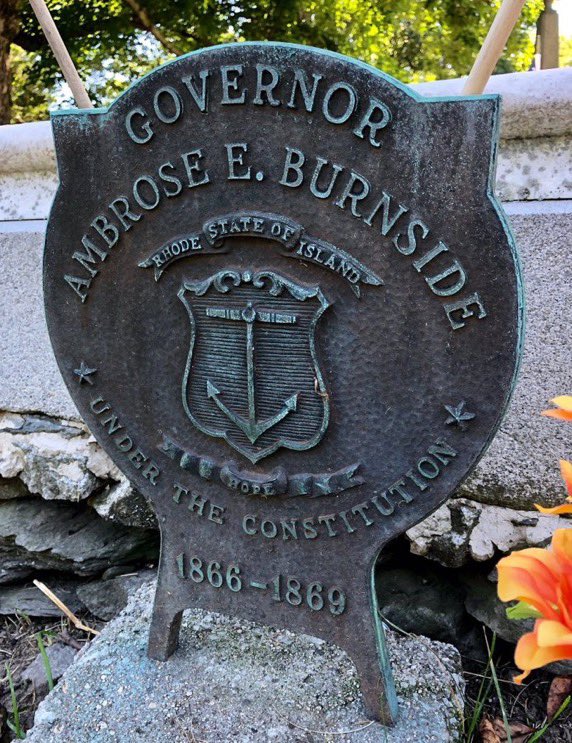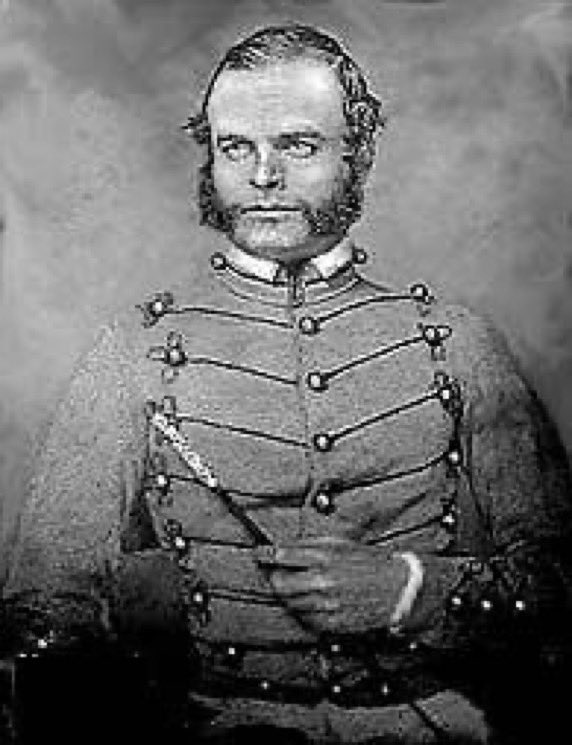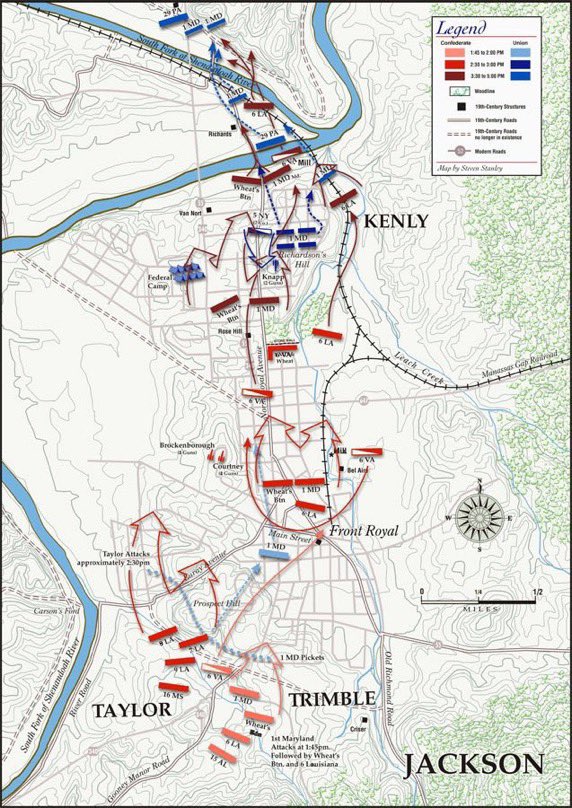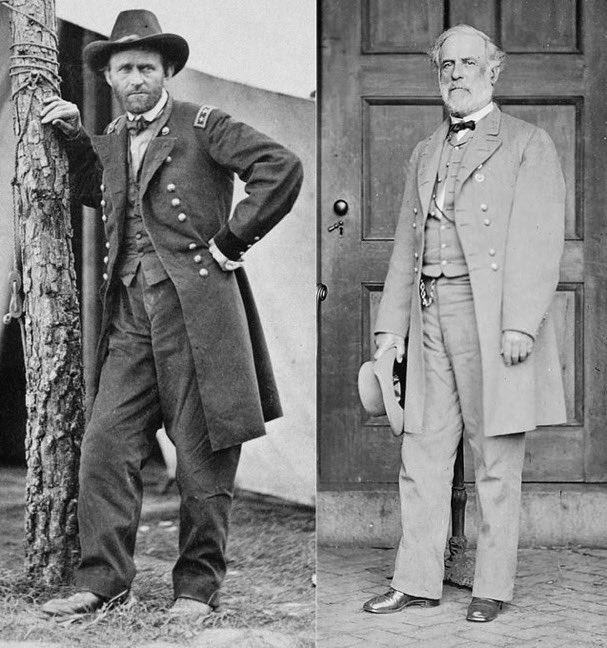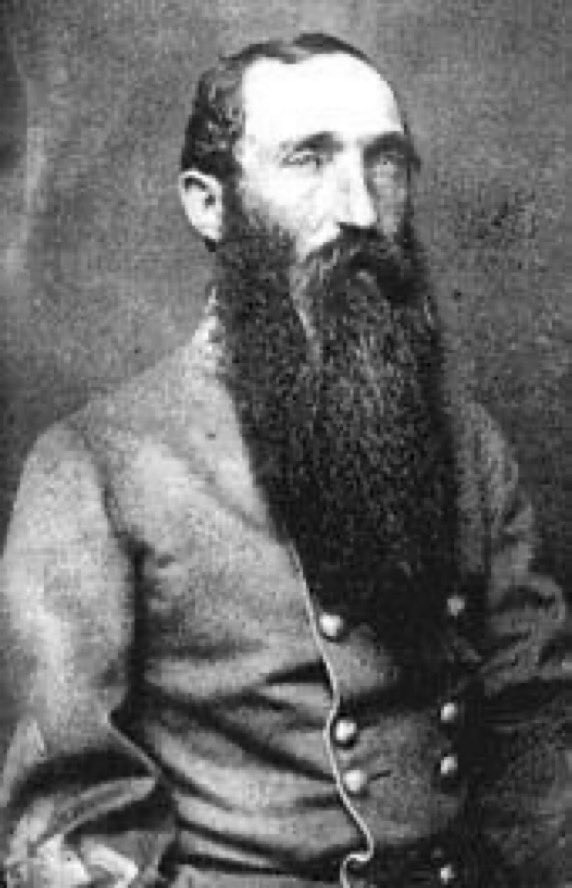#OTD in 1861, southern troops in Charleston, SC, displayed their confederate heritage by opening fire without provocation on the @USArmy post at @FtSumterNPS, situated on an island at the mouth of Charleston Harbor. The bombardment began the #CivilWar. #ConfederateHeritageMonth🧵 





When South Carolina announced its attempt to secede from the U.S. four months earlier, they demanded the Army installations around Charleston be abandoned. The local commander, Major Robert Anderson, refused, and consolidated his men at Fort Sumter. #ConfederateHeritageMonth 



Attempts were made to resupply the garrison. In January, the steamship "Star of the West" was hired to bring supplies & reinforcements to the fort, but it was needlessly fired upon by batteries manned by cadets from The @Citadel1842. The ship turned back before reaching the fort. 



After President Lincoln was inaugurated in March, he notified the governor of South Carolina, Francis Pickens, that further re-supply missions would be sent. This led Pickens to order the local confederate commander, P.G.T. Beauregard, to again demand the fort's surrender. 





Major Anderson properly refused the demand. Beauregard ordered the bombardment, which began at 4:30AM on April 12, 1861. By mid-afternoon the following day, with his batteries mostly knocked out and unable to defend the fort, Anderson ordered his men to surrender. 



Anderson's only condition was that a 100-gun salute be fired as he struck the fort's colors, and that he be allowed to take the flag with him. During the salute, a spark ignited a stack of shells, and the explosion killed two of Anderson's men. They were the battle's only deaths. 

• • •
Missing some Tweet in this thread? You can try to
force a refresh




